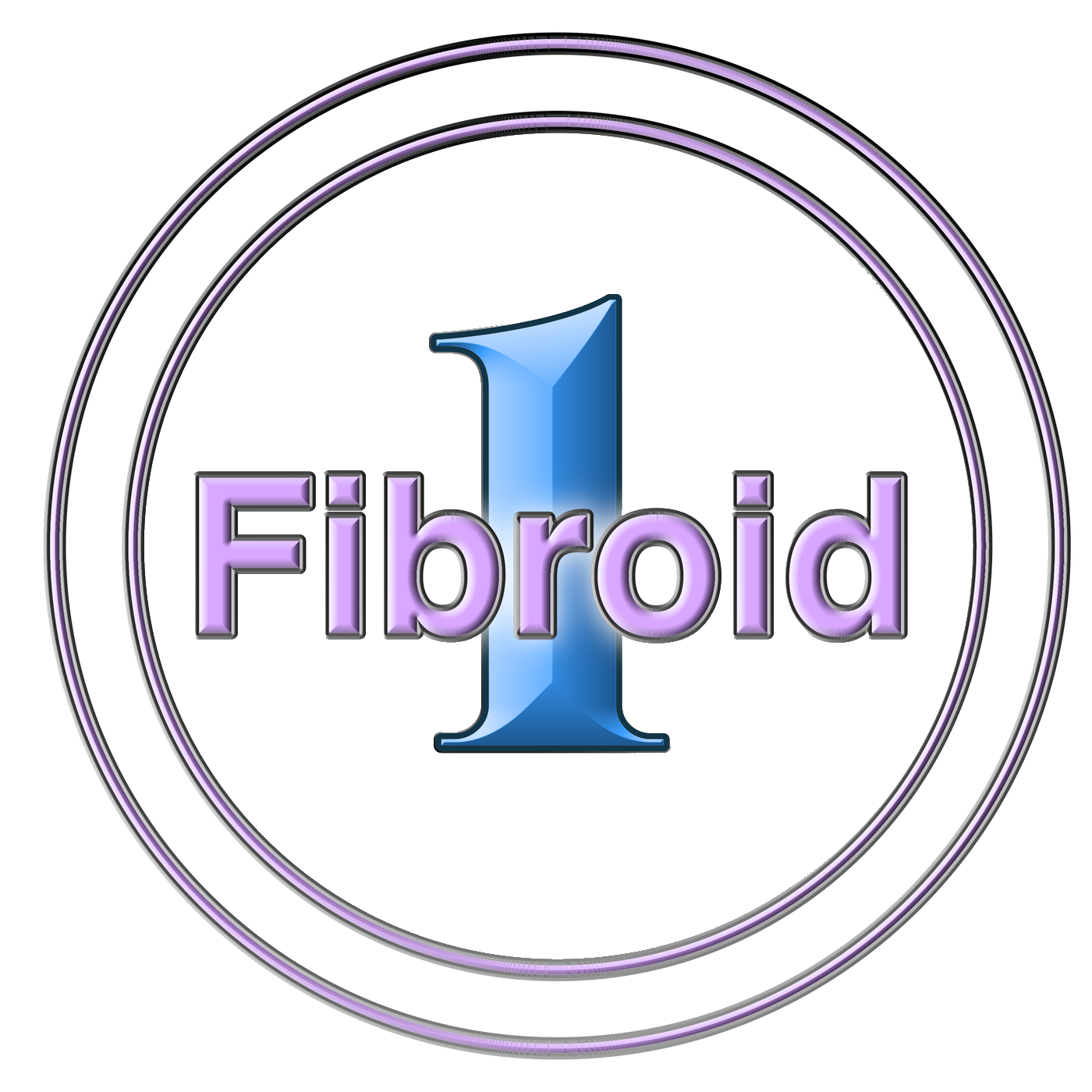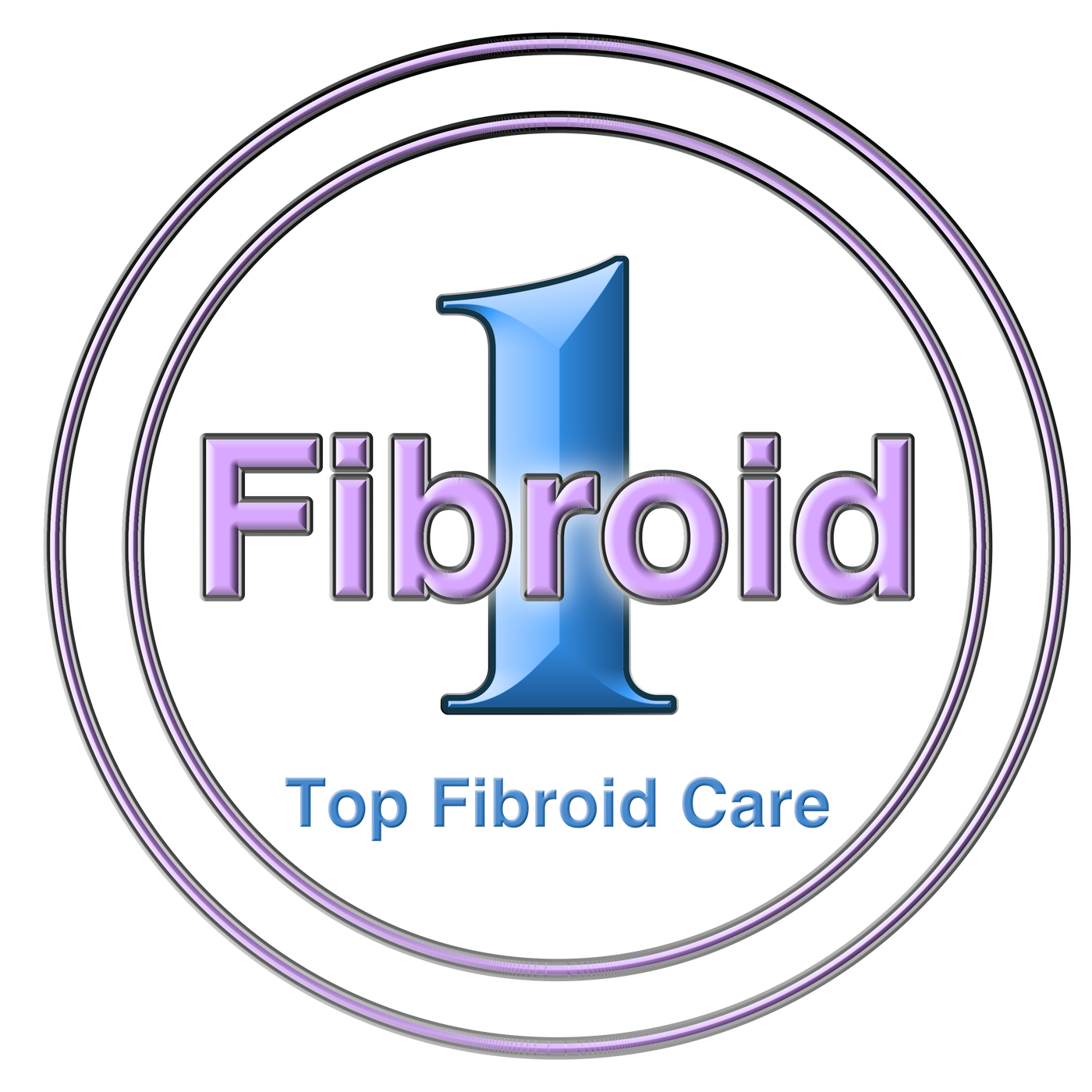If you’re one of the numerous people living with uterine fibroids, uterine fibroid embolization may help. While nearly 70% of all women in the United States will develop uterine fibroids, only a fraction of that number will develop symptoms. When these symptoms appear, they can be inconvenient or utterly life-altering. When extreme menstrual bleeding is among those symptoms, life-threatening anemia can develop. For many of these women, uterine fibroid embolization can provide meaningful relief from the symptoms.
What Is Uterine Fibroid Embolization and What Should I Expect?
Uterine fibroid embolization (UFE) is a minimally-invasive surgical procedure that aims to eliminate or reduce the size and number of fibroids present. This is accomplished by blocking the blood flow to these fibroids, causing them to shrink or even disappear. The process is done as an outpatient procedure, allowing these women to return home just hours after the procedure. Preparing for the procedure is fairly straightforward and involves the following points:
- You will have the procedure explained to you by the practitioner
- A consent form will be required to give permission for the procedure
- A physical exam will be taken, including blood tests and other necessary tests
- During this exam, be sure to inform your doctor if you are pregnant
- You will be instructed not to eat for 8 hours prior to the procedure
- You may be instructed to stop taking certain medications until after the procedure
- Arrange for someone to assist you at home for a day or two after the procedure
- Additional instructions relevant to your case may be provided.
On the day of the procedure, you will arrive at the treatment location. Prior to the procedure, you are going to be asked to remove any jewelry and clothing after being given a gown to wear. Once arriving in the operating room, an IV will be inserted, and antibiotic medication may be given to prevent infection.
Next:
- You will lay down on the procedure table on your back
- A catheter, a long thin tube, will be inserted into your bladder to drain it
- Your vitals, including breathing, blood pressure, heart rate, and blood oxygen, will be monitored
- The groin area will be cleaned with antiseptic
- A sheath will be placed in your groin to guide the catheter
- Contrast will be injected to aid in identifying the target artery
- X-rays are used to identify the vessels responsible for supplying the fibroids
- A tiny catheter will go into the femoral artery in your upper thigh
- Minute particles will be injected to block the arteries feeding the fibroid
- This may be repeated on the other leg if necessary.
You will be taken to a room for recovery following the procedure, where your vitals will continue to be observed. You will remain in this room for a couple of hours for observation. When all signs indicate you are both stable and alert, you will be free to leave in most cases.
Taking Care Of Your Procedure Site At Home
Caring for yourself following the procedure is essential to a complication-free recovery. It’s normal to experience periods of aching at the pelvic and abdominal areas and the incision site. Be sure to keep these areas clean and dry while they heal. While you should be careful moving around at first, you should increase activity as you are comfortable. This can help avoid any risks of thrombosis or blood clots. Call your physician if you experience redness, swelling, or drainage from the incision site. You should also do this if you experience fever, chills, abdominal cramping, swelling, pain, or increases in vaginal bleeding.












